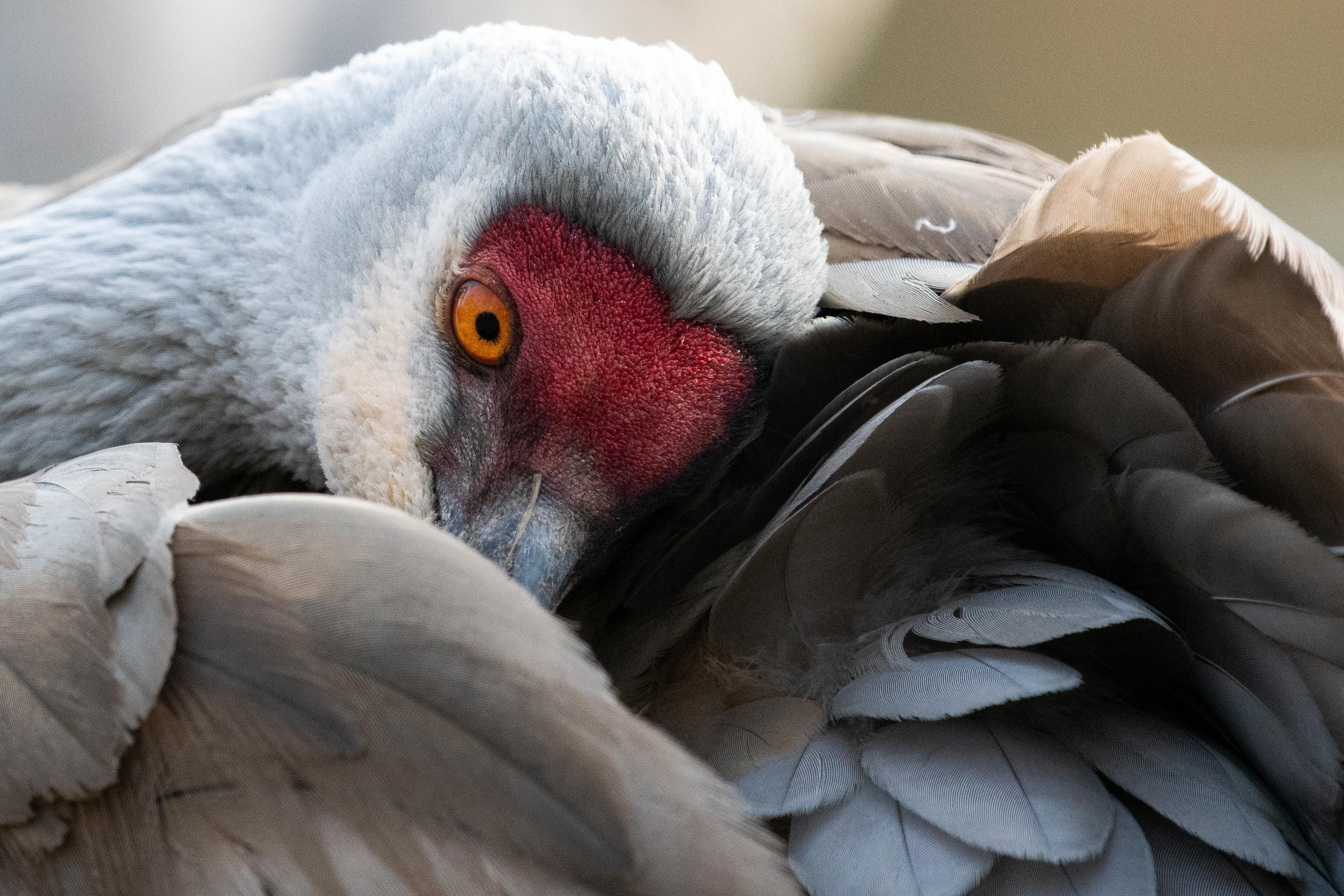
The Aviary
The Barn Owl
(Tyto Alba)
The Barn Owl is the worlds most widespread owl. While by day these phantoms take to the shade of hidden places, these ghostly birds are remarkable predators by night.
On silent wingbeats the Barn Owl haunts open fields and marsh land, big black eyes scanning the ground for unsuspecting prey. Listen for the shrill screech of this bird in the dead of night, if you’re brave enough.
The Great Horned Owl
(Bubo Virginianus)
Few birds spread as much fear as the Great Horned Owl. Known far and wide as masters of the night, these large owls dominate whatever habitat they choose to claim.
This species is remarkably adaptable, with feather colours to match their environment. From the deserts of the south to the prairies of the north, the Great Horned Owl has surely seen you at one point. Have you seen it?
The Snowy Owl
(Bubo Scandiacus)
Like spirits of the far north, on certain years this cryptic species graces the coastline of southern British Columbia with it’s presence. The Snowy Owl is accustomed to the harsh tundra landscape where it breeds and spends its summer months. When food runs low, some owls leave their territory in search of prey down south.
The Short-Eared Owl
(Asio Flammeus)
Another winter visitor, the Short-Eared Owl is a wonderful bird to observe. They are quite active during the day, often haunting over the marshland in search of voles or mice. They share this winter ground with many birds of prey and often find themselves fighting for what meals they’ve caught.
The Sandhill Crane
(Grus Canadensis)
An ancient species, flocks of this massive bird have bedazzled the continent for millions of years. The Sandhill Crane is an omnivore that is just as happy to graze in a field as it is to hunt by the lakeshore. Listen for the prehistoric calls of this bird soaring overhead as they make their migration in spring and fall.
The American Dipper
(Cinclus Mexicanus)
North America’s only aquatic songbird, the American Dipper is a treat to behold. These small birds dance along streams and tributaries, making frequent dives for eggs and small insects. They bob up and down as they search for prey below the waters surface, quick to jump in after anything tasty.
The Rufous Hummingbird
(Selasphorus Rufus)
The tiny Rufous Hummingbird may look fragile, but members of this species may travel from Mexico to Alaska and back in a year, an impressive feat when you only weigh 3.5 grams. Once they’ve settled into a territory they will defend it fearlessly, chasing away birds much larger than them.
The Anna’s Hummingbird
(Calypte Anna)
Well known for its beauty, the Anna’s Hummingbird is one tough cookie! Human gardens have allowed the Anna’s Hummingbird to stay year round in places they otherwise would have difficulty. This bird is also able to slow its heartbeat overnight to survive the freezing cold.










